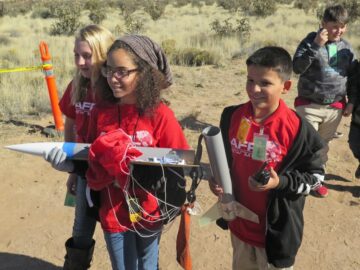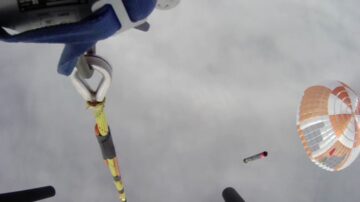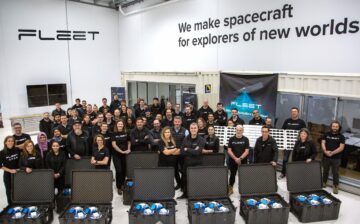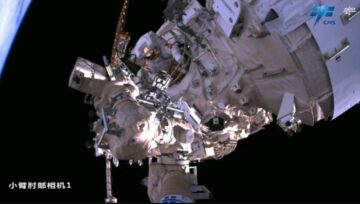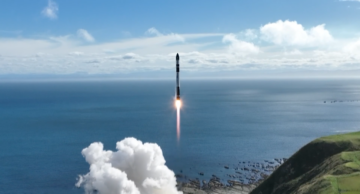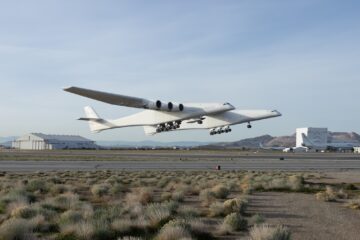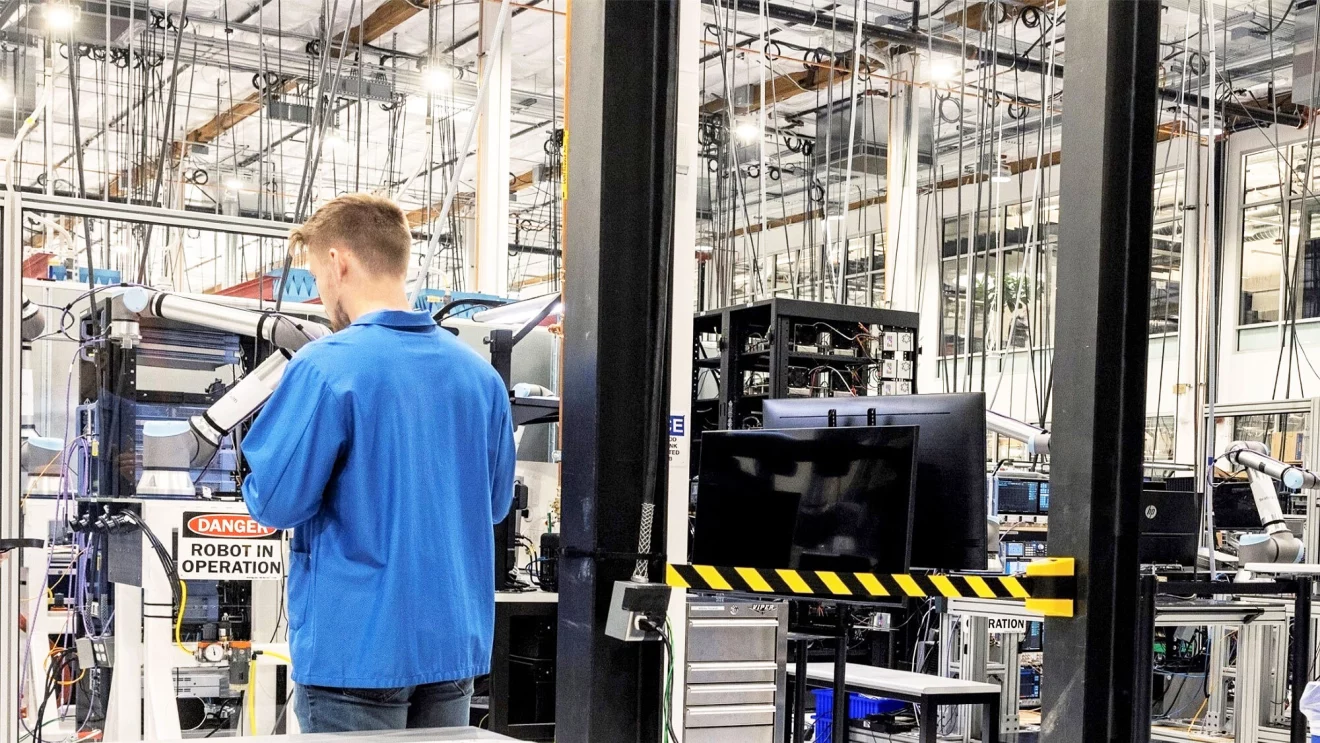
TAMPA, Fla. — The Federal Communications Commission approved Amazon’s plan Feb. 8 to deploy and operate 3,236 broadband satellites, subject to conditions that include measures for avoiding collisions in low Earth orbit (LEO).
Amazon got initial FCC clearance for its Ka-band Project Kuiper constellation in 2020 on the condition that it secured regulatory approval for an updated orbital debris mitigation plan.
The FCC said its conditional approval of this mitigation plan allows “Kuiper to begin deployment of its constellation in order to bring high-speed broadband connectivity to customers around the world.”
The conditions include semi-annual reports that Kuiper must give the FCC to detail the collision avoidance maneuvers its satellites have made, whether any have lost the ability to steer away from objects, and other debris risk indicators.
In the order, the FCC also requires Kuiper to ensure plans to de-orbit satellites after their seven-year mission keep inhabitable space stations in addition to the International Space Station in mind.
Kuiper also has to provide regular updates on efforts to avoid interfering with astronomical observations and impacting the launch and reentry opportunities of missions with tight launch windows.
Kuiper’s proposed constellation is spread across three orbital shells at altitudes of 590 kilometers, 610 kilometers, and 630 kilometers above Earth.
The FCC grant comes a few months after SpaceX got conditional approval to launch up to a quarter of the proposed 30,000 LEO satellites in its second-generation Starlink broadband constellation.
That approval gave SpaceX permission to deploy satellites at 525 kilometers, 530 kilometers, and 535 kilometers. Starlink’s first generation operates around 550 kilometers above Earth.
SpaceX had called on the FCC to limit Kuiper’s approval to only 578 satellites in its 630 kilometer orbital shell, and defer a decision on the rest of the constellation, which the regulator rejected.
The FCC also shot down an attempt to add the “object years” limit to Kuiper that came with Starlink’s Gen2 approval in December.
If the total remaining orbital lifetime of any failed Starlink Gen2 satellites exceeds 100 years, SpaceX would need to stop deploying additional satellites pending an FCC investigation.
The FCC said SpaceX had already launched thousands of Starlink satellites when it imposed this condition on the company, which also had actual satellite failure data that the regulator could use to inform this monitoring approach.
“As Kuiper has not started deploying or operating its constellation, we find it is not … necessary to impose such a condition at this time,” the order stated.
“Once Kuiper begins launching and subsequently operating its constellation, we will reassess the need to add a similar condition at a later date.”
United Launch Alliance is slated to launch Kuiper’s first two prototype satellites in the coming months on the inaugural flight of its Vulcan Centaur rocket.
Amazon has secured up to 92 launches with ULA, Arianespace, and Blue Origin for Kuiper under contracts worth several billion dollars.
- SEO Powered Content & PR Distribution. Get Amplified Today.
- Platoblockchain. Web3 Metaverse Intelligence. Knowledge Amplified. Access Here.
- Source: https://spacenews.com/amazon-gets-key-fcc-approval-for-more-than-3000-leo-broadband-satellites/
- 000
- 100
- 2020
- a
- ability
- above
- across
- addition
- Additional
- After
- Alliance
- allows
- already
- Amazon
- and
- approach
- approval
- approved
- around
- avoid
- avoiding
- Billion
- Blue
- blue origin
- bring
- broadband
- called
- coming
- commission
- Communications
- company
- condition
- conditions
- Connectivity
- contracts
- could
- Customers
- data
- Date
- December
- decision
- deploy
- deploying
- deployment
- detail
- dollars
- down
- earth
- efforts
- ensure
- exceeds
- Failed
- Failure
- FCC
- Federal
- Federal Communications Commission
- few
- Find
- First
- First Generation
- from
- generation
- Give
- grant
- height
- HTTPS
- impose
- imposed
- in
- Inaugural
- include
- Indicators
- initial
- interfering
- International
- international space station
- investigation
- IT
- Keep
- Key
- launch
- launched
- launches
- launching
- LEO
- lifetime
- LIMIT
- Low
- made
- measures
- mind
- Mission
- missions
- mitigation
- monitoring
- months
- more
- necessary
- Need
- objects
- operate
- operates
- operating
- opportunities
- Orbit
- order
- Origin
- Other
- pending
- permission
- plan
- plans
- plato
- Plato Data Intelligence
- PlatoData
- project
- proposed
- prototype
- provide
- Quarter
- regular
- regulator
- regulatory
- regulatory approval
- remaining
- Reports
- requires
- REST
- Risk
- rocket
- Said
- satellite
- satellites
- Secured
- several
- Shell
- similar
- Space
- space station
- SpaceX
- spread
- starlink
- started
- stated
- station
- Stations
- Stop
- subject
- Subsequently
- such
- The
- the world
- their
- thousands
- three
- time
- to
- Total
- under
- updated
- Updates
- use
- vulcan
- webp
- whether
- which
- will
- windows
- world
- worth
- would
- years
- zephyrnet

